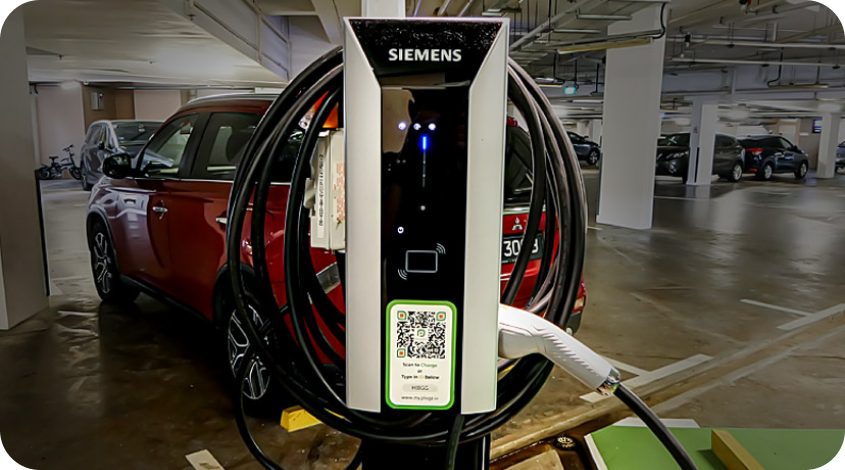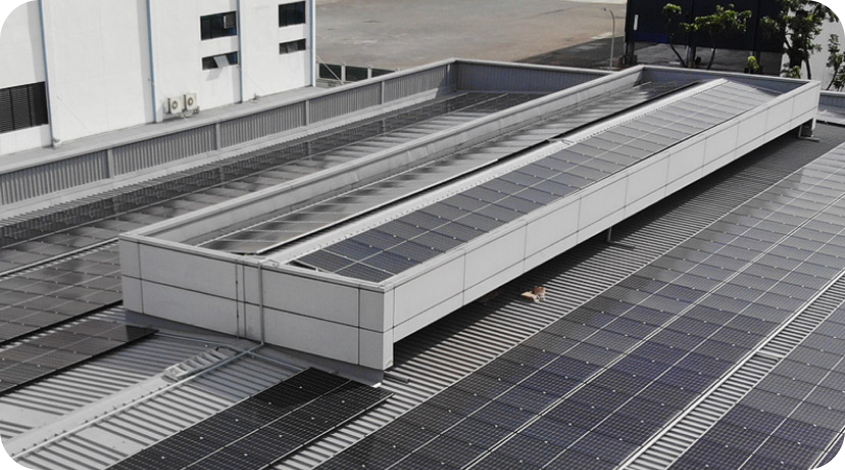Blog
Home Energy Storage: 4 Innovative Ways to Power Your Home in the Future
Booking your VTL (Vaccinated Travel Lane) flight?
If you are an energy storage system aficionado, we have good news for you! As Singapore lays the flight paths to multiple countries after months of COVID-19 lockdown, you can soon enjoy trips to countries that house large-scale OUT OF THIS WORLD energy storage systems, like hydroelectric dams, or mechanical, thermal, and battery energy storage systems, all incredible engineering marvels to behold. What better than savouring a glass of Shiraz together with a view of the sun setting over the world’s largest battery energy storage system in Hornsdale, Australia?
By Bernard Lim 22 November 2021
Flying out of Singapore? Can't decide which country to fly to? We can help!
THE DAWN OF ENERGY STORAGE SYSTEMS (2nd level)
Over the last few decades, there is a marked increase in the deployment of renewable energy systems, especially solar and wind, in many countries. This may be due to the global push towards renewable energy, especially expedited by the famous young Swedish environment activist Greta Thunberg’s international activism in support of reversing climate change. However, with so much energy coming online in the next 20 years, who will use it? How will it be stored?
 Enter the energy storage system (ESS). These are large-scale devices that store energy for use in the future. Such large-scale installations are essential for maintaining stability and efficiency throughout a nation’s grid to rationalize a possibly erratic electricity supply. Hence, renewable energy solutions with irregular and fluctuating power output, like solar panels or wind farms, can be integrated into a nation’s energy grid. With a wide range of options, an energy storage system can be used for energy arbitrage, voltage support, and frequency regulation. When the sun isn’t shining on your solar panels in overcast weather or the wind is not blowing strong enough to move your turbines, where will you tap on electric power? The solution: the integration of energy storage systems into a national grid that stores energy when the supply is high and fills in the gaps when supply is low.
Enter the energy storage system (ESS). These are large-scale devices that store energy for use in the future. Such large-scale installations are essential for maintaining stability and efficiency throughout a nation’s grid to rationalize a possibly erratic electricity supply. Hence, renewable energy solutions with irregular and fluctuating power output, like solar panels or wind farms, can be integrated into a nation’s energy grid. With a wide range of options, an energy storage system can be used for energy arbitrage, voltage support, and frequency regulation. When the sun isn’t shining on your solar panels in overcast weather or the wind is not blowing strong enough to move your turbines, where will you tap on electric power? The solution: the integration of energy storage systems into a national grid that stores energy when the supply is high and fills in the gaps when supply is low.
Over the last few decades, there is a marked increase in the deployment of renewable energy systems, especially solar and wind, in many countries. This may be due to the global push towards renewable energy, especially expedited by the famous young Swedish environment activist Greta Thunberg’s international activism in support of reversing climate change. However, with so much energy coming online in the next 20 years, who will use it? How will it be stored?
Enter the energy storage system (ESS). These are large-scale devices that store energy for use in the future. Such large-scale installations are essential for maintaining stability and efficiency throughout a nation’s grid to rationalize a possibly erratic electricity supply. Hence, renewable energy solutions with irregular and fluctuating power output, like solar panels or wind farms, can be integrated into a nation’s energy grid. With a wide range of options, an energy storage system can be used for energy arbitrage, voltage support, and frequency regulation. When the sun isn’t shining on your solar panels in overcast weather or the wind is not blowing strong enough to move your turbines, where will you tap on electric power? The solution: the integration of energy storage systems into a national grid that stores energy when the supply is high and fills in the gaps when supply is low.
THE DAWN OF ENERGY STORAGE SYSTEMS (2nd level)
- The International Energy Agency’s latest report predicts that by 2024, global solar capacity will grow by 600 GW, almost double the current electricity capacity of Japan. The total number of home solar panels is also expected to more than double to reach around 100 million rooftops by 2024.
- However, according to the Energy Information Administration’s International Energy Outlook 2021, global energy consumption and carbon dioxide emissions will increase 50% by 2050 due to population and economic growth.
- Fortunately, global energy storage capacity will grow by more than 2000% from 2020-levels by the end of 2030.
- The International Energy Agency’s latest report predicts that by 2024, global solar capacity will grow by 600 GW, almost double the current electricity capacity of Japan. The total number of home solar panels is also expected to more than double to reach around 100 million rooftops by 2024.
- However, according to the Energy Information Administration’s International Energy Outlook 2021, global energy consumption and carbon dioxide emissions will increase 50% by 2050 due to population and economic growth.
- Fortunately, global energy storage capacity will grow by more than 2000% from 2020-levels by the end of 2030.
- The International Energy Agency’s latest report predicts that by 2024, global solar capacity will grow by 600 GW, almost double the current electricity capacity of Japan. The total number of home solar panels is also expected to more than double to reach around 100 million rooftops by 2024.
- However, according to the Energy Information Administration’s International Energy Outlook 2021, global energy consumption and carbon dioxide emissions will increase 50% by 2050 due to population and economic growth.
- Fortunately, global energy storage capacity will grow by more than 2000% from 2020-levels by the end of 2030.
- The International Energy Agency’s latest report predicts that by 2024, global solar capacity will grow by 600 GW, almost double the current electricity capacity of Japan. The total number of home solar panels is also expected to more than double to reach around 100 million rooftops by 2024.
- However, according to the Energy Information Administration’s International Energy Outlook 2021, global energy consumption and carbon dioxide emissions will increase 50% by 2050 due to population and economic growth.
- Fortunately, global energy storage capacity will grow by more than 2000% from 2020-levels by the end of 2030.
Enter the energy storage system (ESS). These are large-scale devices that store energy for use in the future. Such large-scale installations are essential for maintaining stability and efficiency throughout a nation’s grid to rationalize a possibly erratic electricity supply. Hence, renewable energy solutions with irregular and fluctuating power output, like solar panels or wind farms, can be integrated into a nation’s energy grid. With a wide range of options, an energy storage system can be used for energy arbitrage, voltage support, and frequency regulation. When the sun isn’t shining on your solar panels in overcast weather or the wind is not blowing strong enough to move your turbines, where will you tap on electric power? The solution: the integration of energy storage systems into a national grid that stores energy when the supply is high and fills in the gaps when supply is low.
Enter the energy storage system (ESS). These are large-scale devices that store energy for use in the future. Such large-scale installations are essential for maintaining stability and efficiency throughout a nation’s grid to rationalize a possibly erratic electricity supply. Hence, renewable energy solutions with irregular and fluctuating power output, like solar panels or wind farms, can be integrated into a nation’s energy grid. With a wide range of options, an energy storage system can be used for energy arbitrage, voltage support, and frequency regulation. When the sun isn’t shining on your solar panels in overcast weather or the wind is not blowing strong enough to move your turbines, where will you tap on electric power? The solution: the integration of energy storage systems into a national grid that stores energy when the supply is high and fills in the gaps when supply is low.
Latest blogs
-
Booking a VTL Flight? 4 OUT OF THIS WORLD Energy S...
Electric vehicle EV charging -
Home Energy Storage: 4 Innovative Ways to Power Yo...
Electric vehicle EV charging -
#SolaChargeShorts 2021: Is Trickle Charging better...
Electric vehicle EV charging
Latest projects
See more

